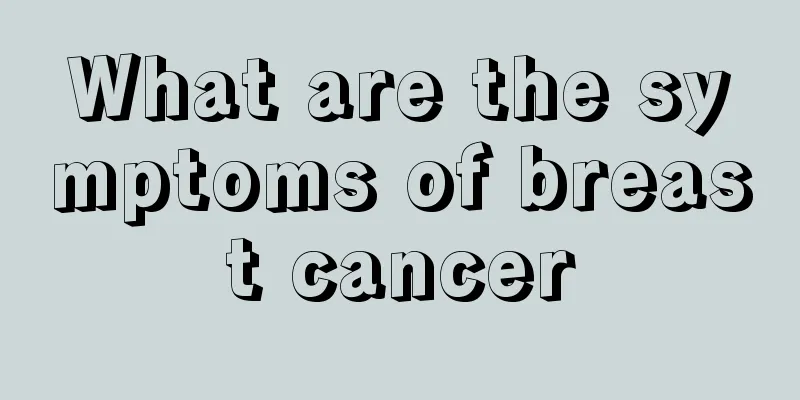TCM Syndrome Differentiation after Advanced Pancreatic Cancer Metastasis

|
Advanced pancreatic cancer often metastasizes in the later stages, and there are few opportunities for surgery. In addition, radiotherapy and chemotherapy are not sensitive to pancreatic cancer. Not only are the effects poor, but their toxic side effects also make it difficult for people with weak bodies to tolerate them. Therefore, traditional Chinese medicine is often used for treatment. Pancreatic cancer belongs to the category of "hidden beam", "lump", "jaundice", "accumulation" in traditional Chinese medicine. It is often treated according to the patient's clinical manifestations. The symptoms of each disease are different. The following are explained separately: 1. Disharmony between the liver and stomach: nausea, vomiting, belching, chest and flank distension, abdominal pain, irritability, fever, jaundice, dry and hard stools, yellow and red urine, red tongue, yellow and greasy or dry tongue coating, and stringy or slippery pulse. 2. Dampness and turbidity blocking the nausea: chest and abdominal distension, heaviness in the head and body, nausea and vomiting, poor appetite, dull pain in the abdomen, yellow body and eyes (dark yellow color), dry mouth without desire to drink, loose and thin stools, pale tongue, greasy white tongue coating, deep and thin or slow pulse. 3. Stagnation of Qi and blood: chest and abdominal distension, nausea, vomiting or hiccups, poor appetite, persistent pain, or paroxysmal aggravation, especially at night. Abdominal lumps, emaciation, dull complexion, purple tongue or ecchymosis, thin or astringent pulse. 4. Deficiency of both Qi and blood: pale complexion, weight loss, fatigue and weakness, pale nails, abdominal distension, dull pain in the chest and abdomen, abdominal mass, pale tongue or with petechiae and ecchymosis, thin white tongue coating, and deep and fine pulse. 5. Yin deficiency and internal heat: persistent low-grade fever, mental fatigue, upper abdominal distension, dry stool, yellow urine, poor appetite, red tongue with little or no fluid coating, and weak, thready and rapid pulse. |
<<: Guidelines for symptomatic care of patients with colorectal cancer
>>: Normal values of tumor markers related to lung cancer
Recommend
What is the impact of cervical cancer screening on cervical cancer mortality? Cervical cancer can be effectively prevented
Cervical cancer screening can prevent cervical ca...
Is surgery necessary if thyroid cancer does not progress?
If thyroid cancer does not develop, it does not n...
Treatment of gray hair
Black is basically the standard for Chinese peopl...
Acupuncture points for strengthening spleen and stomach
There are many acupoints in the human body. Many ...
The correct way to comb your hair
Now more and more people are beginning to pursue ...
What causes liver cancer? Eat this kind of food often and be careful of liver cancer
Bad eating habits are an important cause of liver...
What is the reason for itchy scalp
Some people will inadvertently find that many lum...
What are the symptoms of kidney cancer
The early symptoms of kidney cancer are often not...
Who is not suitable for beauty lens thread
Nowadays, it is not difficult for women to become...
How to tie a bun when you have a lot of hair
The bun is a favorite of many young women, especi...
What medicine to take for eczema
When you experience itchy skin, you must distingu...
Can gout patients eat silkworm pupae?
Gout is a common disease in our lives, and most g...
Can grape seeds be eaten?
Many people do not know about the beauty effects ...
Benefits of Banana and Carrot Juice
Everyone knows that bananas and carrots are rich ...
Can I soak my feet in the morning?
You can soak your feet in the morning, especially...









